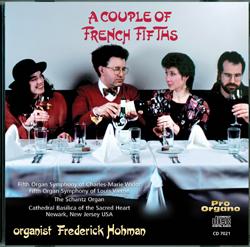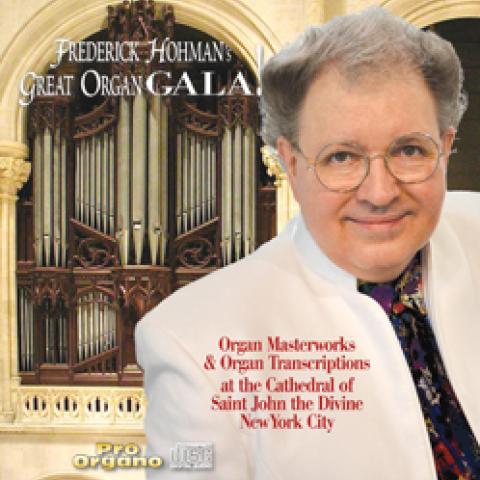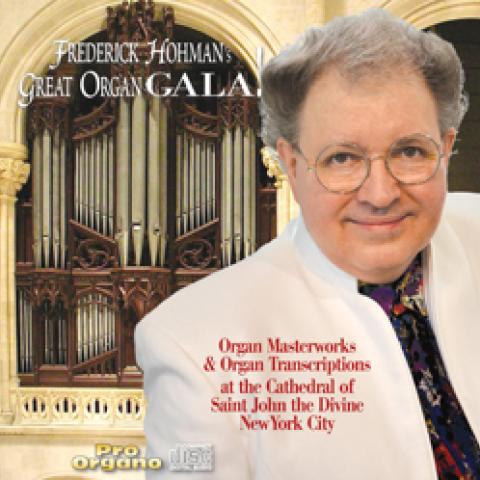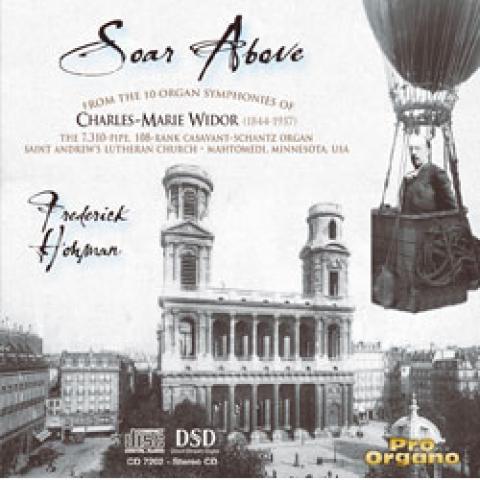
As of August 1, Frederick Hohman’s performance of the Toccata from Charles-Marie Widor’s Fifth Organ Symphony, op. 42, no. 1, has exceeded one million views on YouTube. The video, recorded at the Cathedral of the Sacred Heart in Newark, New Jersey, concludes episode #18 of the 1990s Midnight Pipes television series; it is on the CD A Couple of French Fifths (Pro Organo 7021).
To celebrate the one-million mark in views, Pro Organo is offering a free download of the first 45 seconds of this track as a ringtone. Request choice “A” on the Ringtones page at www.proogano.com; Angie at Pro Organo will e-mail the download link (please allow a week for processing). Proper installation of the ringtone is the recipient’s responsibility.





